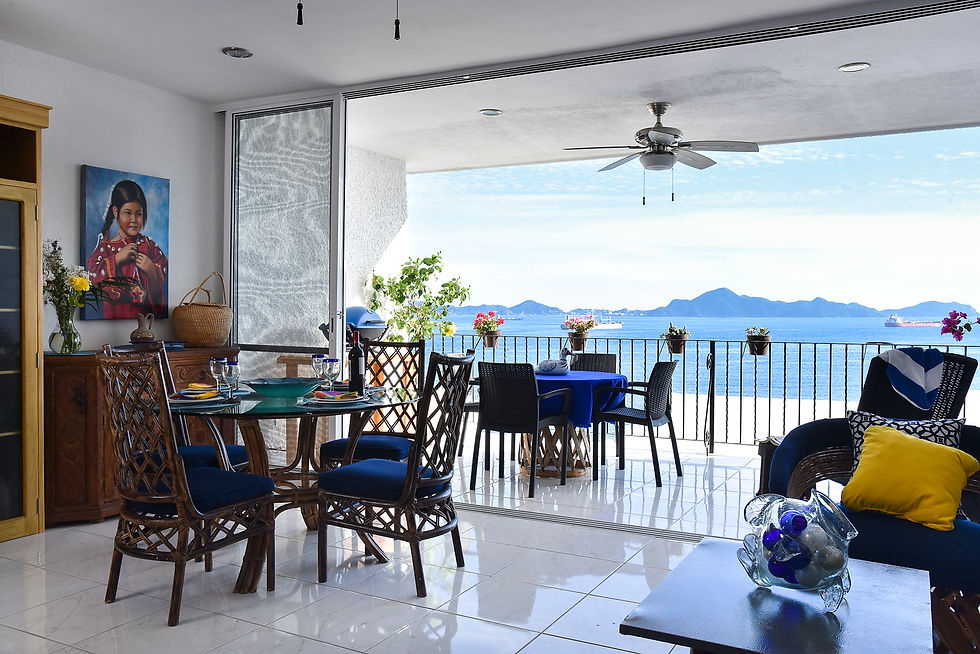Understanding the Differences Between Interior Architectural Photography and Real Estate Photography
- Jessica Dávila
- May 31, 2021
- 3 min read
Updated: Jan 16, 2024

In the world of professional photography, discerning between interior architectural photography and real estate photography is pivotal for capturing captivating images that cater to the unique requirements of each field. Despite their apparent similarities, these two photography genres demand distinct techniques to showcase spaces effectively and meet the expectations of clients.
Interior Architectural Photography

Unlocking the Essence of Spaces: Interior architectural photography delves into capturing the essence of a space's interior, be it residential, commercial, or public. The primary objective is to spotlight the intricate design elements and architectural beauty that define a structure.
Techniques in Interior Architectural Photography
1. Mastering Lighting Dynamics: A deep comprehension of lighting, composition, and color theory is indispensable for interior architectural photographers. Lighting, in particular, is a pivotal element in setting the mood and emphasizing specific features. Whether employing natural or artificial light, the photographer skillfully manipulates light to create a desired ambiance.
2. Crafting Composition: Composition is the art of finding the perfect angle to accentuate a space's unique features. Utilizing techniques such as leading lines and symmetry, photographers craft visually appealing images that captivate viewers.
3. Harmonizing Colors: Understanding color theory is paramount. Photographers must grasp how colors interact to create mood and atmosphere. Strategic use of complementary or contrasting colors can elevate an image, providing a harmonious or dramatic effect, as needed.
The Significance of Interior Architectural Photography
Interior architectural photography serves as a crucial tool for architects, designers, and real estate agents. High-quality images not only showcase their work but also act as powerful marketing tools, attracting potential clients and boosting revenue.
Real Estate Photography

Showcasing Properties in their Best Light: Real estate photography, on the other hand, centers around capturing the allure of homes and properties available for sale or rent. The primary goal is to present the property in its best possible light, enticing potential buyers or renters.
Techniques in Real Estate Photography
1. Perfecting Angles and Highlights: The focus of real estate photography techniques lies in capturing the most flattering angles of each room, highlighting key features, and creating an inviting, spacious feel.
2. Harnessing Lighting Brilliance: Lighting is pivotal in making the property appear bright and welcoming. Whether through natural or artificial light, photographers use it strategically to enhance the property's appeal.
3. Optimizing Composition: Composition in real estate photography is geared towards maximizing space perception. Photographers meticulously choose angles that make rooms appear larger and effectively showcase unique property features.
4. Inviting Color Palette: Color theory in real estate photography revolves around creating a bright and inviting ambiance. The use of light and neutral colors enhances the property's spaciousness and attractiveness to potential buyers or renters.
The Significance of Real Estate Photography
Real estate photography stands as an indispensable tool for agents aiming to expedite property sales or rentals. Compelling, high-quality images are key to attracting interested parties and making a property appear as enticing as possible.
Conclusion
In essence, though interior architectural photography and real estate photography may share similarities, their purposes and requisite techniques differ significantly. While the former highlights the intrinsic design and architecture of a space, the latter focuses on making a property as alluring as possible to potential buyers or renters. Armed with a profound understanding of these distinctions, photographers can deliver high-quality images tailored to meet the unique needs of their clients. Mastering the art of both disciplines ensures success in the diverse realms of interior architectural and real estate photography.




